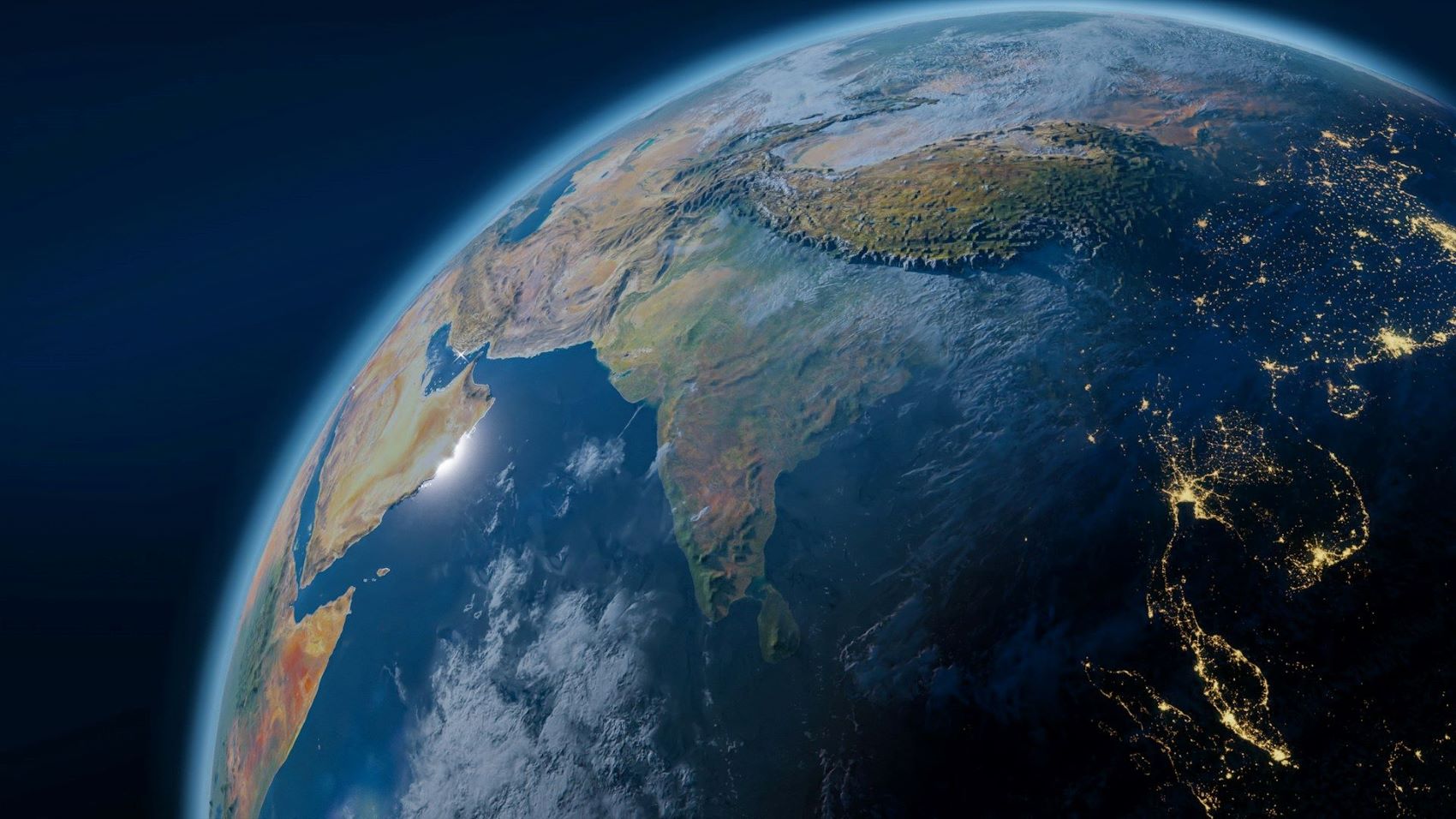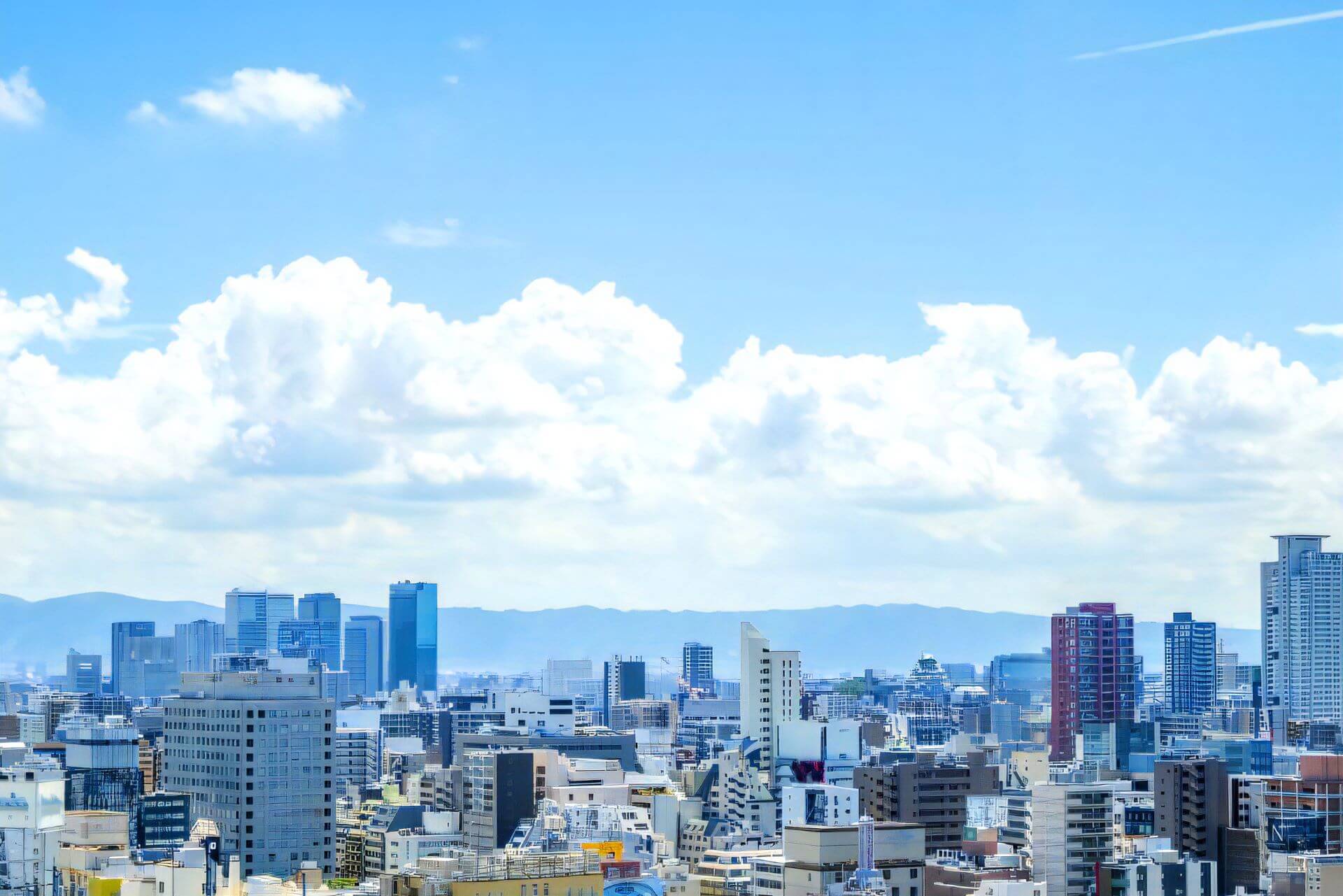Unique Biomass Technology to Protect
Our Beautiful Blue-Green Earth


Radically Reconsider What Energy Should Be, and Become a Society Which Lets Convenient Living Coexist With a Beautiful Earth
Until now, nuclear power has been promoted in Japan as clean energy with low CO2 emissions. However, the nuclear power system disaster that accompanied the Great East Japan Earthquake caused enormous damage in Japan and shocked the world, making the spread of clean and safe energy an urgent need.
Biomass power generation is attracting attention as that kind of energy. ZE Energy has been working for about 30 years to cut the load on the Earth’s environment to zero with new energy, produced by carbonizing and recycling biomass. Building on the technologies we have built up for applying biomass, we have led the way in environmental improvement measures for all kinds of industries. In recent years, we have been concentrating our efforts on the diffusion of biomass power generation as a decisive tool for preventing climate change.
Our company name “ZE Energy” reflects our hope for “Zero Emission Energy”( new energy with zero load on the Earth).
With our unique environmental technologies and consulting, we will go on contributing towards the realization of a sustainable society that coexists with the global environment.
What kinds of biomass energy are expected to spread?
In Japan, 14 types of fossil fuel substitute energy, including renewable energy, are specified by law.
These are designated types of new energy:
- Photovoltaic generation
- Solar heat use
- Wind turbine generation
- Snow and ice heat use
- Biomass power generation
- Biomass heat use
- Biomass fuel manufacturing
- Power generation from waste material
- Waste material heat use
- Fuel manufacturing from waste material
- Thermal difference generation
- Clean energy vehicles
- Natural gas cogeneration
- Fuel cells
*5~10 Biomass energy
Biomass Energy to Realize a Sustainable Society
Taking biomass that has previously been processed as waste and using it as a substitute for fossil fuels lead to the building of a material-cycle society and prevention against climate change. Plans are under way in Europe to raise the ratio of natural energy over 50% by 2050.

After installation, we handle operation and maintenance to provide our customers with everything they need.
As the introduction of biomass energy depends on its sizes and types, it is necessary to investigate the purpose and application of the installation.
Therefore, our support for the biomass energy introduction is so attentive that we start consulting from the plan formulation stage with an investigation of the site environment, providing the specific design for execution and the installation works.
-
- 1Confirmation of the purpose and necessity of introduction
- External factors( legal regulations, support systems, technical trends, etc.)
- Internal factors( suppliable energy resource quantities, site location, economy, risk factors, etc.)
-
- 2Investigation
-
It is also necessary to investigate environmental impact in advance, so that it can be predicted.
- Atmospheric pollution, water pollution, noise, odor, vibration, etc.
-
- 3Design and manufacture
-
Prepare the specific design and advance to the installation of the generation system. At this stage, it is also necessary to clear all notifications and applications for permits and approvals.(The details are described in Figure 1 below the flowchart.)
-
- 4Installation and trial running
-
Installation and trial running are implemented based on the introduction plan.
Besides entrusting work which needs permits and approvals to special agents, we monitor the situation with a thorough check system.
-
- 5Operation and maintenance
-
We are proud of our trustable maintenance system. Our support staff will rush to the site immediately to support business continuity even if an unlikely problem occurs.
Figure 1: Notifications and applications for permits and approvals needed to install a generation system(in Japan).(You can scroll horizontally to view the entire table.)
| Item | Law/Content | |
|---|---|---|
| Power sale | Ministry of Economy, Trade and Industry Facilities Authorization | |
| Power transmission and distribution business operator Grid linkage contract | ||
| Land and building | City Planning Act Development permit application | |
| Building Standards Act Building check application | ||
| Environment | Noise | Ordinances related to conservation of living environments etc. in each prefecture |
| Vibration | ||
| Scenery | Regulations on specifications etc. by the Scenic Improvement Agency, regulated by the Landscape Law | |
| Equipment installation | The Electricity Business Act( safety regulations, utility pole chief engineer notification) | |
| Factory Location Act | ||
Comfortable future which can be realized by three Es is very soon
The diffusion of renewable energy is now being advanced as a matter of national policy, and forms of material-cycle society, such as Smart Grids and Smart Communities, are coming into view.
ZE Energy will go on using environmental solutions, centered on biomass power generation, to realize a new society and energy that contribute to the three “E”s (Environment/ Energy/ Economy)
What is the Smart Grid?
The Smart Grid is a radical rethink of electrical networks to produce a next-generation power network which combines biomass power generation and other new generation methods with information technology.
That network uses IT to the full for power supply and demand control, achieving stable power supply while saving energy.

Biomass power generation is expected to spread as a dispersed power generation system
Biomass power generation, which has low energy losses at the power transmission stage and can be expected to contribute to power load leveling, is a key technology for achieving stable power supply and saving energy in the Smart Grid. In a disaster or other emergency situation, biomass power has some advantages as a dispersed energy system which can produce electricity independently.
“Zero Emission” is ZE Energy’s registered trademark and our management concept.
ZE Energy evolved from a manufacturer of carbonization systems. Since our foundation in 1987, we have been researching “soil improvement through charcoal” and working on environmental issues such as the circulating use of resources.
At that time, almost no companies in Japan were making any effort to directly tackle environmental problems. We get closer to zero waste by making effective use of waste that was discarded as garbage. Moreover, we recirculate that waste as a resource. In this way, we create a circulating model which benefit the Earth and companies. The heartfelt mission that we took on back then remains unchanged after thirty years.
Since then, our carbonization systems, biomass resource recycling methods, biomass power generation and attempts at ZE energy have expanded and made advances as time goes by.
To carry on our initial intent as a pioneer in environmental technology, we registered “Zero Emission” (=taking the burden on the Earth ever closer to zero) as our trademark and set it as our management principle.




